All About TV
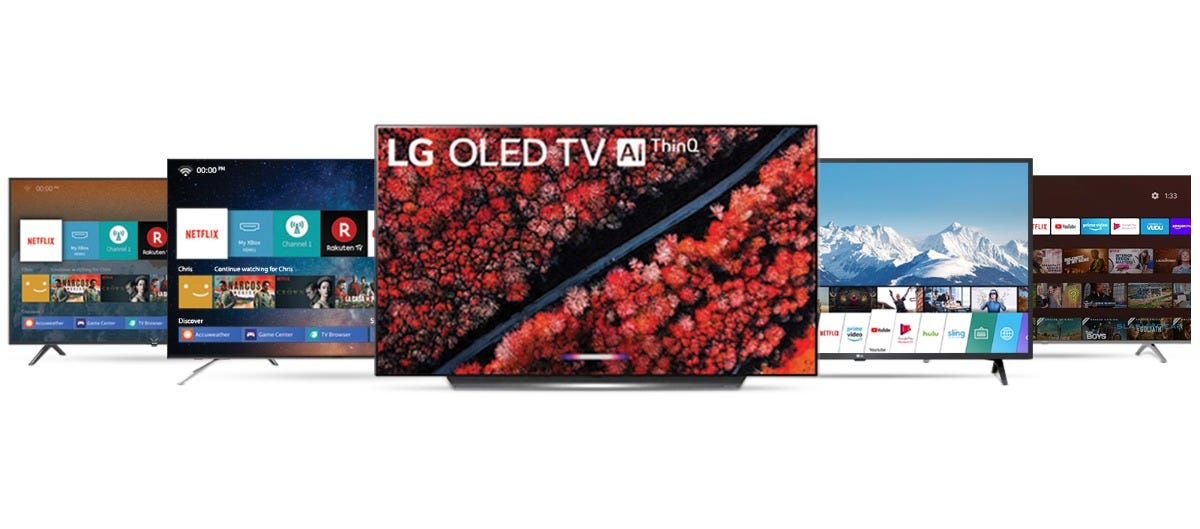

Nearly a century ago, televisions were created to relay visual information from place to place. The first major consumer TV was CRT TVs, and with the passing of time, there have been many modern, improved tech that have changed the whole experience of television viewing.
CRT and plasma were once very popular, but as LCD and its newer variations - LED, OLED, and QLED started to come into the market, consumer demand started changing, and manufacturers worked harder to fulfill the ever-growing demand.
In this guide, we’ll talk about everything you need to know about purchasing your television. From the types of TVs to your maintenance needs, everything is explained.
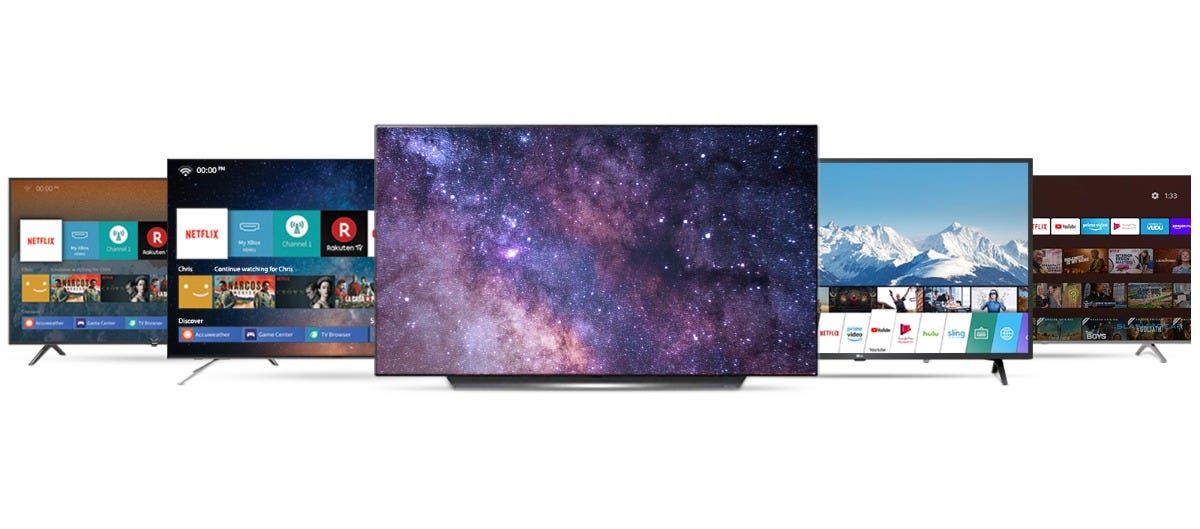

There are 6 major types of different technologies used in televisions. They’re -
6 Types of Television Technologies
1. QLED
Quantum Light Emitting Diodes, a.k.a QLED, is quite a recent invention in the TV industry. This tech is similar to other OLED and LCD TVs, except it uses quantum dot technology inside the TV display. It is believed to be much more advanced tech.
Although quantum technology has been in the market for quite some time, the popularity or availability isn’t much yet. The reason behind this is that the technology is expensive to create, and as a result, TVs cost an exorbitant amount.
One advantage QLED TVs have over traditional optical-based or liquid crystal-based diodes is they have much more life expectancy. Quantums don’t work in the same way as lights do, and they create a different level of experience.
2. OLED
OLED stands for Organic Light-Emitting Diodes, and this technology is quite modern compared to LCD technology. Though OLED TVs have come into the market for nearly a decade, as of 2021, they still can cost quite a lot of money.
Moreover, the lighting in OLED TVs works radically differently than an LCD TV. The organic diodes are designed in a way to create a natural, fluorescent light when charged. As a result, there’s no backlighting, unlike an LCD TV.
Because the pixels are individually charged, each of them is lighted up on its own. This results in an image quality that was never possible with any other lighting technology.
As each pixel is colored and lighted on its own, the dark is absolutely dark. There’s no lighting in the dark pixels, and it doesn’t create a halo-like effect seen in LCD televisions. The colors are crisp, and the contrast is super sharp.
If you go for a side-by-side comparison of picture quality, OLED will beat QLED always with the better viewing angle and deepest black level. As a result, LG OLED always refer that they are offering the “Perfect Black”. The black color has a huge impact on one’s experience of watching a movie and TV as shadows and darkness always plays a vital role in the framing of shots. That means you can see the brightest color as the background will be the darkest black not grey like other TVs. You can find the original OLED TVs in Bangladesh here.
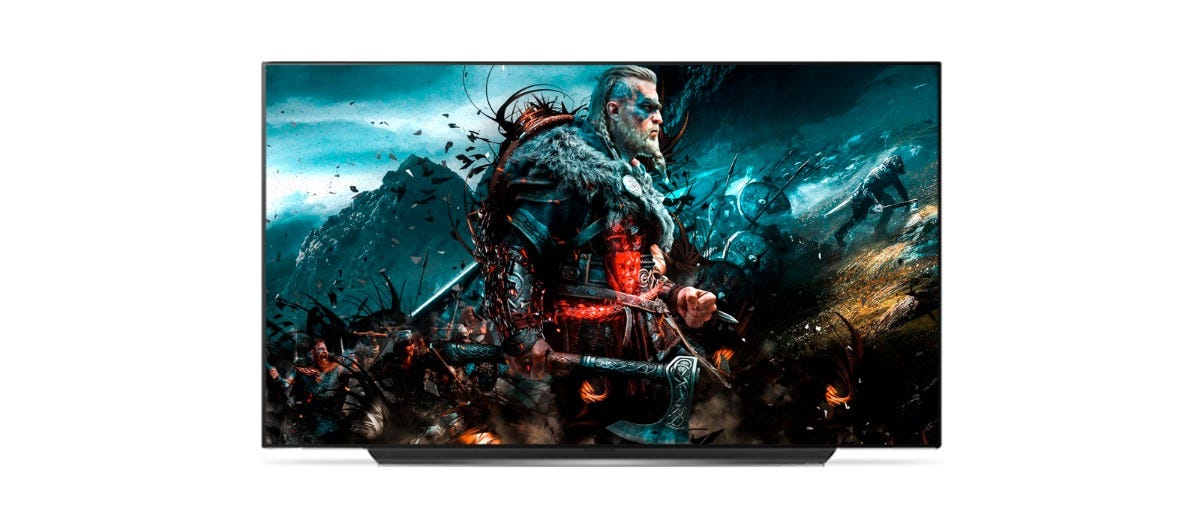

3. LED
LED or Light light-emitting diodes are somewhat identical to LCD TVs. This technology uses Light light-emitting diodes, unlike LCD TVs that use fluorescent-based lighting. In fact, the price point of an LCD or LED TV with a similar specification isn’t much different.
But if these two are so similar, why are LEDs marketed as superior? The answer is simply for the lighting quality. The Light Emitting Diodes create a higher level of color levels as well as contrast that is not possible to create with fluorescent light. To find the LED TVs at the best price please click here.
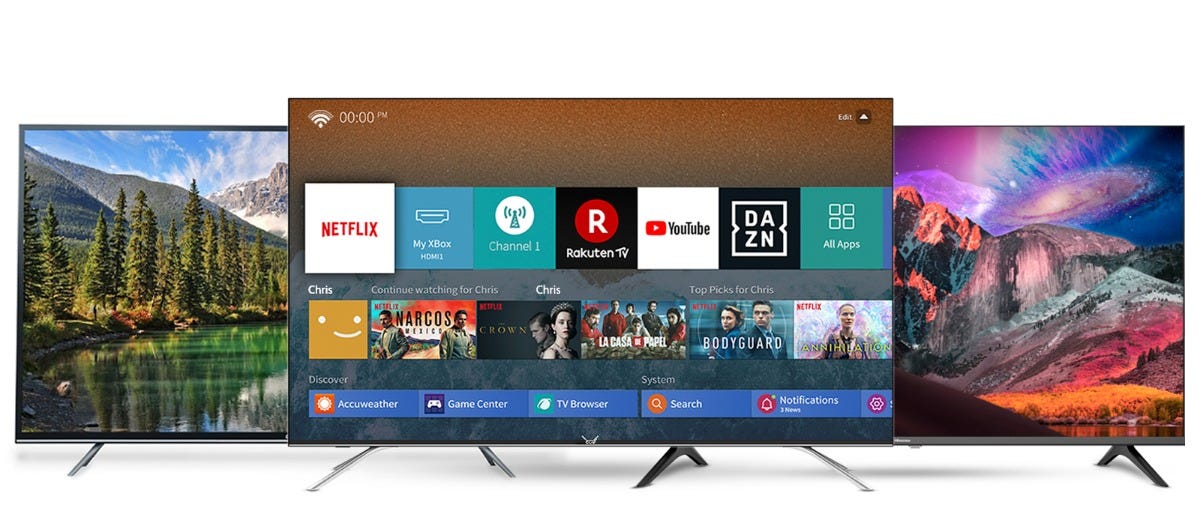

4. LCD
Liquid Crystal Display or LCD TVs use semi-liquid based crystals that block light when inert, and as electricity passes through the crystals, they form a shape to show colors on the pixels. This technology has been for so long that it’s no longer expensive to recreate.
LCD and LED both are backlighted by another display bulb to show the pixels, and for this reason, the contrast is low as well as the halo effect can be well visible on dark screens.
Though LCD is quite weaker than newer, more advanced tech like OLED and QLED, the cheap price point is what made these TVs popular to consumers.
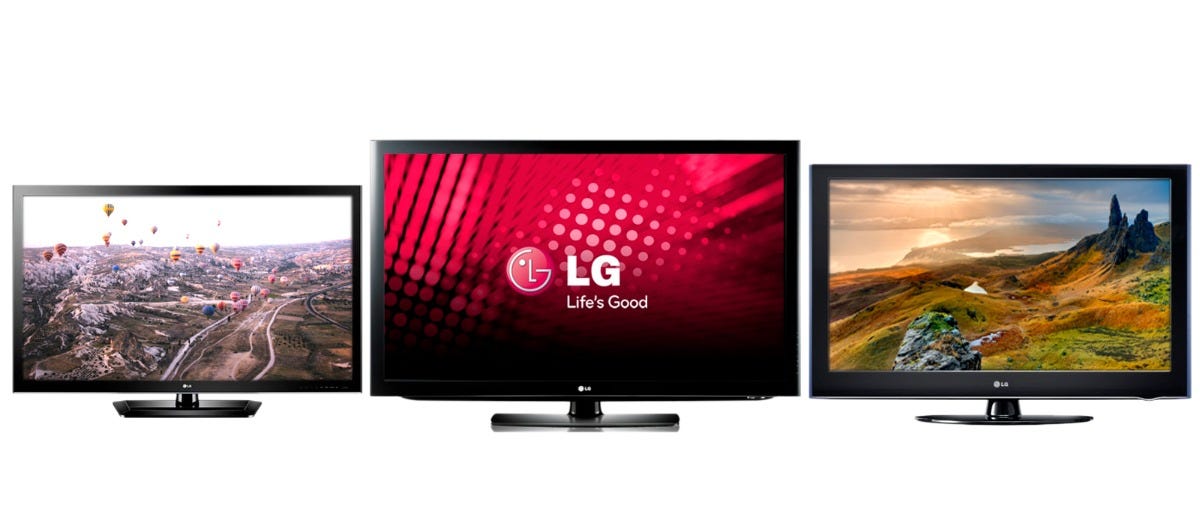

5. Plasma Display Panels
Plasma TVs came in the CRT(Cathode Ray Tubes) era. CRT became quite popular and, because of the low price, became a common entertainment system in most households. But CRT had a few weaknesses.
First of all, CRT and Plasma both used phosphor to create diode lighting, but the display layer of the CRT consisted of cathodes, which is not as effective as the plasma gas used in the plasma TVs in showing a faster display rate.
CRT was slow and couldn't show the contrast as effectively as Plasma TVs did. Also, Plasma TVs had a flat-screen, unlike CRTs circular ones. For both the picture quality and price point, plasma got quite popular in the competition, leaving the CRT behind.
6. Direct TV
This is a slightly modified and advanced name for those old Cathode Ray Tubes or CRT TVs. Major TV manufacturers have stopped producing this television. But, you can find a good one on the internet resale sites. This is a vintage thing now.
In fact, televisions made in the recent decade use entirely different technology than CRT or Direct TVs did. Plasma was better from these in some ways, but the newer tech uses a far more advanced mechanism and manufacturing materials.
Types of Television by Screen Types
Commonly available television screens on the market are of two types:
# Flat Screen TV
This is the standard and general type of screen used in almost all the TVs. There’s nothing special to talk about it. This is what people are always using.


# Curved Screen TV
Curved screens have been available fairly recently. They’re marketed heavily, but the demand is not that high. Although the manufacturers promise that these TVs will give a surround, immersive experience, it’s mostly a personal preference.
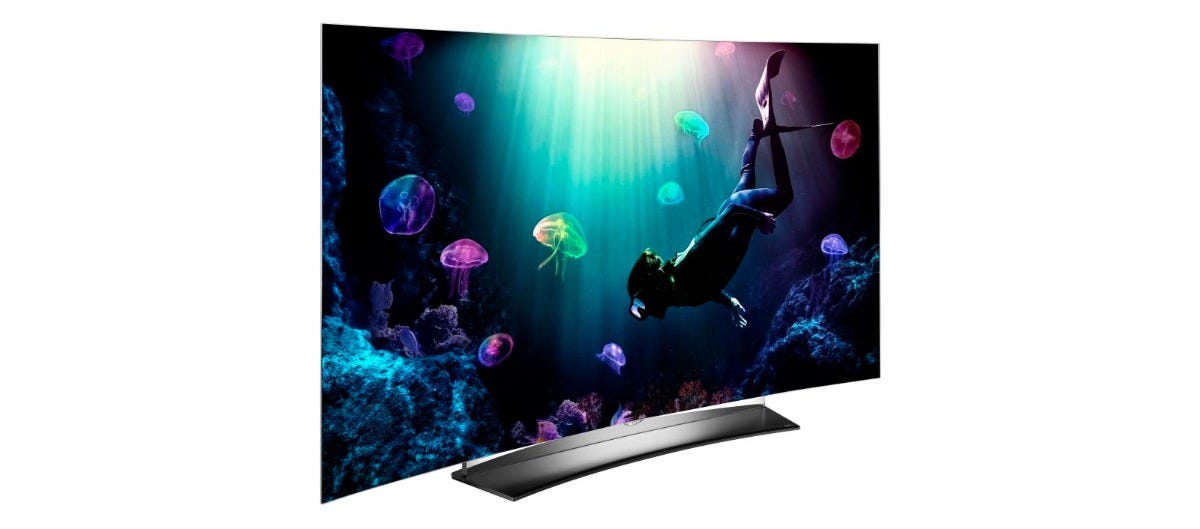

Types of Television By Resolution
There used to be lower resolution televisions in the past, but in recent years, you’ll hardly get anything beyond this resolution range mentioned -
# 720p TV
The resolution is 720 might not make sense to all. This simply means the resolution of 1280 pixels in the horizontal line and 720 pixels in the vertical line. This is the least expensive resolution among all the different resolution ranges.
# 1080p FHD
1080p is called full HD as the vertical line contains 1080 pixels. The horizontal line has 1920 individual pixels in a single row. Both the 720p and 1080p are called HD but the latter, for the full number of HD pixels in a column, is called full HD. One can find original HD LED TVs, FULL HD LED TVs, HD SMART TVs and FULL HD SMART TVs of global brands like LG, Hisense and local renowned brand like ECO+ at Butterfly from any outlet around the country.
# 4K Resolution
4K TVs have been in the market for not so long, however, gotten quite cheap with time. There are, in fact, budget 4K TVs that you can check in the market. Generally, a 4K TV has 3840 pixels horizontally, and vertically 2160 pixels.
A 4K display is nearly 4 times more pixel-containing than an HD display. The images look crisp and mesmerizing.
# 8K resolution
8K resolution is currently the highest in consumer televisions. The resolution is 7,680 on the horizontal line and 4,320 on the vertical pixel line. This tech is still very new, and an 8K TV can cost a magnanimous amount.
You can get an 8K TV if you don't want to buy a new TV in the next decade. The price is very high, and there isn’t much content in 8K resolution. Some video game manufacturers have started offering their games in this resolution, but the number is pretty measly.
Types of Television by Features
Televisions have gotten modern. Some newer TV features are;
1. Smart
Smart TVs are basically internet-connected televisions. They can use applications specifically designed for TV viewing. Smart TVs can browse both through the internet and the TV satellite network.
2. High Dynamic Range
Dynamic range is simply the range of colors a display can produce, from the darkest black to gray to the brightest white. All of these combined define a color range for a display. HDR or High Dynamic Range has the highest level of colors.
3. Voice Activated
Apple TV, Google TV, and major tech companies are setting up their advanced smart TV setups as well as set-top boxes. These are voice-activated and can be controlled by a range of voice functions.
How to Pick the Best TV for You — a brief guide
Before buying a TV, looking at some features will help you choose the one best suited to your needs. Some things to notice are -
1. Choose Your Price Range
Generally, TV prices go up depending on resolution sizes. You can get a 720p with a slight budget, whereas to get a 4K or 8K, you have to decide whether getting some more pixels is worth spending your money on.
2. Choose Your TV Size
The higher the TV size, the higher the cost. Choose a TV size that isn’t too small or too big for your viewing area.
3. Get Smart, Streaming
Smart TVs can save a lot on dish connection expenses by using the internet to provide cheap content. It might be a good idea to go for a smart TV. They are quite cheap nowadays.
4. Minimum Viewing Distance
Decide where in your room you’ll place your TV and check the viewing angle of your preferred model. Televisions with a low viewing angle will be problematic if you watch your TV not from the front but from the side.
5. Connectivity Options — the higher, the merrier
The higher the number of ports in a TV, the better it is for yourself. Check to see if your TV has internet and USB cable. These will come in handy always.
6. Warranty
The higher the warranty of the television is, the safer it is for the long run. A good TV is unlikely to fall into problems anytime soon after purchase, but unexpected issues happen all the time.
How to Enhance the Lifespan of Your TV?
Taking good care of your TV will help enhance its durability and lifespan — some tips to increase the lifespan of your television.
1. Turn It off When No One’s Watching
Overusing a TV will damage the light tubes of its display. The more time you can allow your television to rest, the better lifespan it will get.
2. Adjust Its Brightness Level
Watching TV at maximum brightness all the time isn’t recommended. The pixels will get fatigued with the overcharging. It’ll start to dull the images, and the contrast will get less over time.
3. Ventilate
Television creates a lot of heat from the chipsets it has. Keeping a TV in a dense space may block the fan from performing at its full speed, thus reducing the airflow required to keep the components cool.
4. Get a Voltage Regulator
Unexpected voltage up and downs can and will damage the power sensors and light tubes in your tv. Unless electricity in your area is generally stable, it’s a good idea to have a voltage regulator to protect your television from electrical risks.
5. Dust It off
Dust will set up on the TV chipsets and the cooling fans if you don’t clear dust regularly. A dusty chip will create more heat, and a dusty fan, on the other hand, cannot create enough airflow to keep the components at a safe temperature.
Conclusion
A good television, if maintained well, can last for decades without any issues. The more care you take of your TV, the longer it’ll stay in good condition.

